Angela Otten and Jaan Stevens on the doc Here I Go
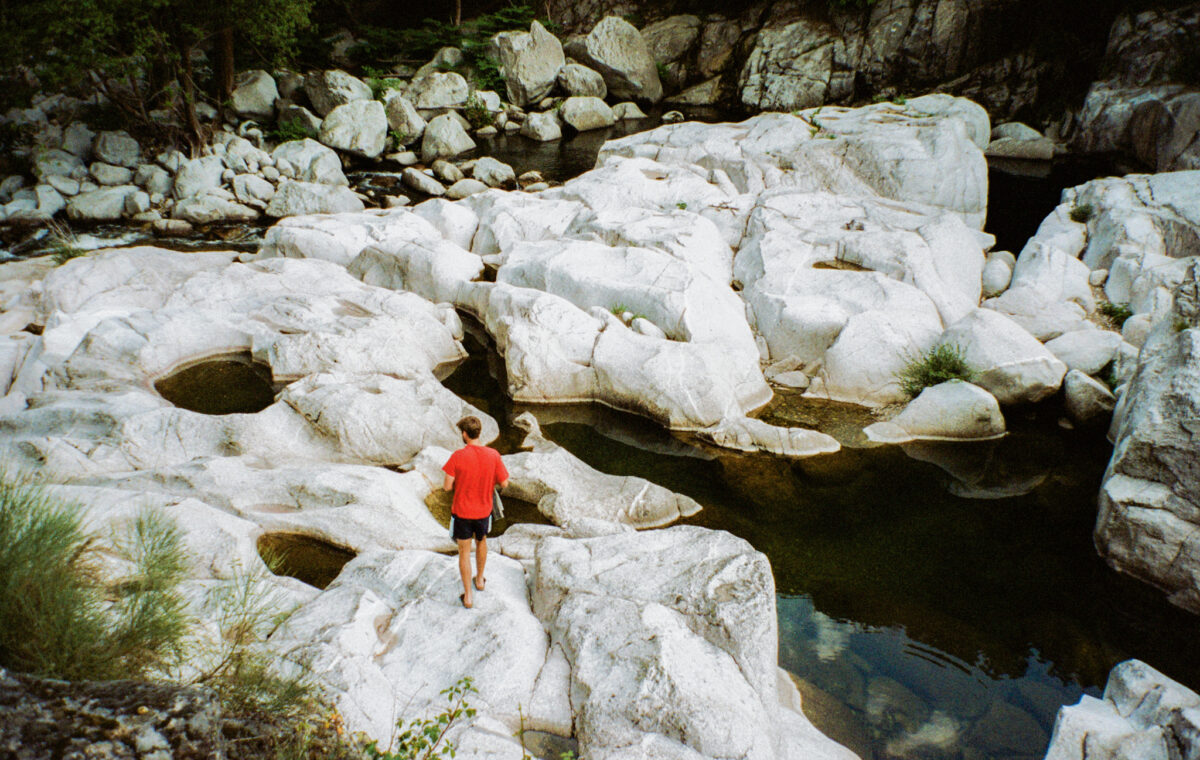
Here I Go follows 17 year old Ruben as he voluntarily leaves for Albezon, a remote farm in the French Cevennes, where he will live and work with a Belgian host family for two months. Here I Go marks the first collaboration between director Jaan Stevens and DP Angela Otten. “We both studied at RITCS. I studied cinematography and Jaan graduated as a documentary director. We met in a bar near the film school where I was working and then we started talking,” says Otten. “Jaan won a prize with his master’s film and he won a wild card. In Belgium, a wild card means you get money to make a new production. Then Covid happened and we were just together. During this time, Jaan was researching a new project.”
Here I Go was Stevens first documentary that he didn’t shoot himself. “It was also my first documentary project,” notes Otten. “At film school planning is all made of filming fiction, so a lot of the directors filmed their own projects at school and we didn’t really get involved with the documentary directors. After his masters Jaan wanted to do a project where he could just focus on the subject and not stress all of the time about framing as it was too much at the same time. At first it was stressful because all of Jaan’s documentaries were very well filmed.”
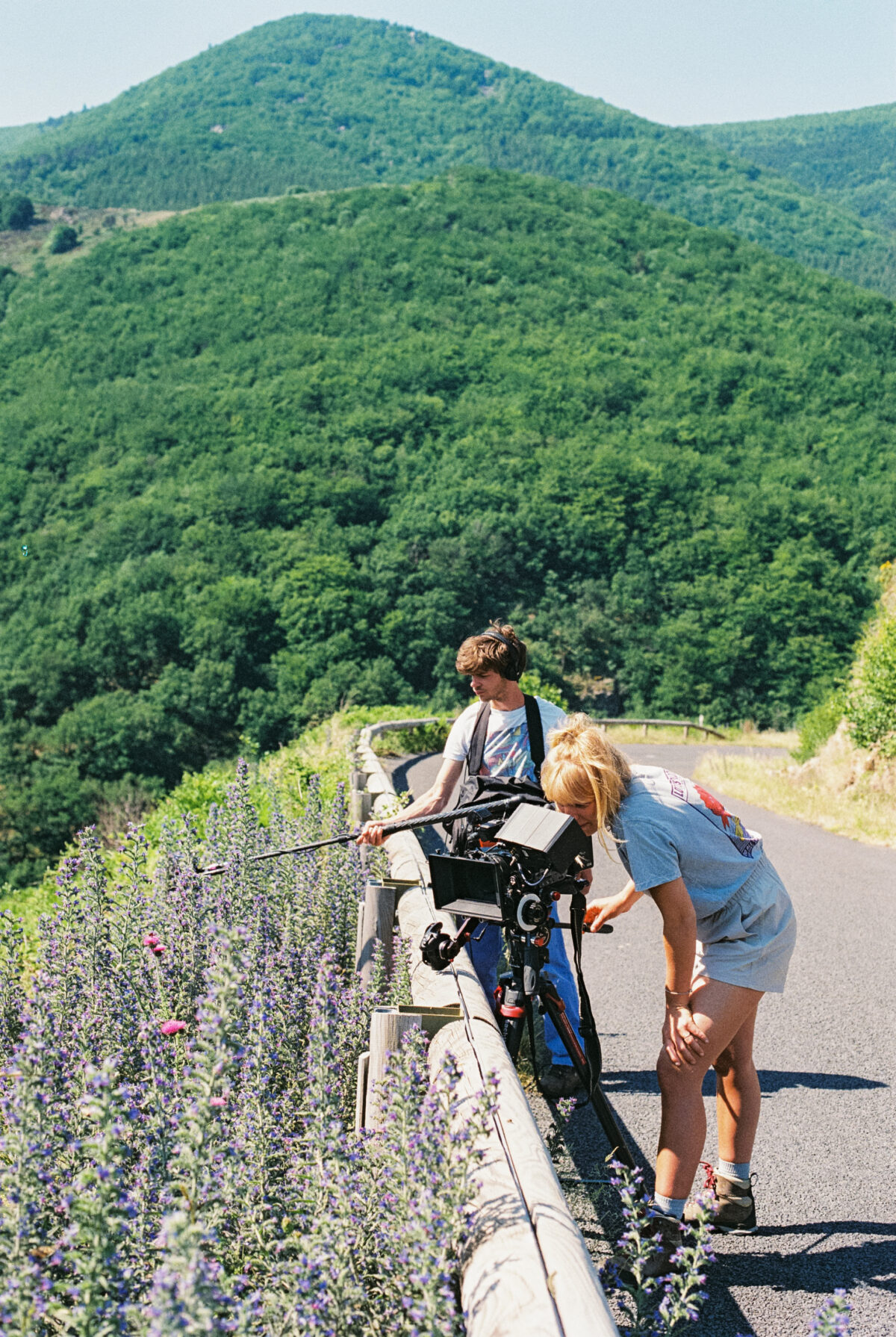
“I was quite surprised when we were shooting. I shot three documentaries before, but I felt immediately that Angela was way better,” adds Stevens. “For this project, there was an organisation that sends a Belgian family for two years to the farm and every year they have three of four youngsters visiting them. Ruben was one of them, we had no part in the selection of the youngster. So, we actually just chose this project and we chose to shoot it during spring.”
Otten and Stevens had spoken with the family beforehand and twice visited the farm for research before coming across Ruben. “It was a great match and we really wanted to do it with that family,” says Otten. “It was hard because we met another youngster before Ruben. In the last week before departure he decided not to go because he wanted to have his phone with him which wasn’t allowed. We were afraid that the project would be cancelled, and thus the documentary. Then they found Ruben and he allowed us to come with him.”
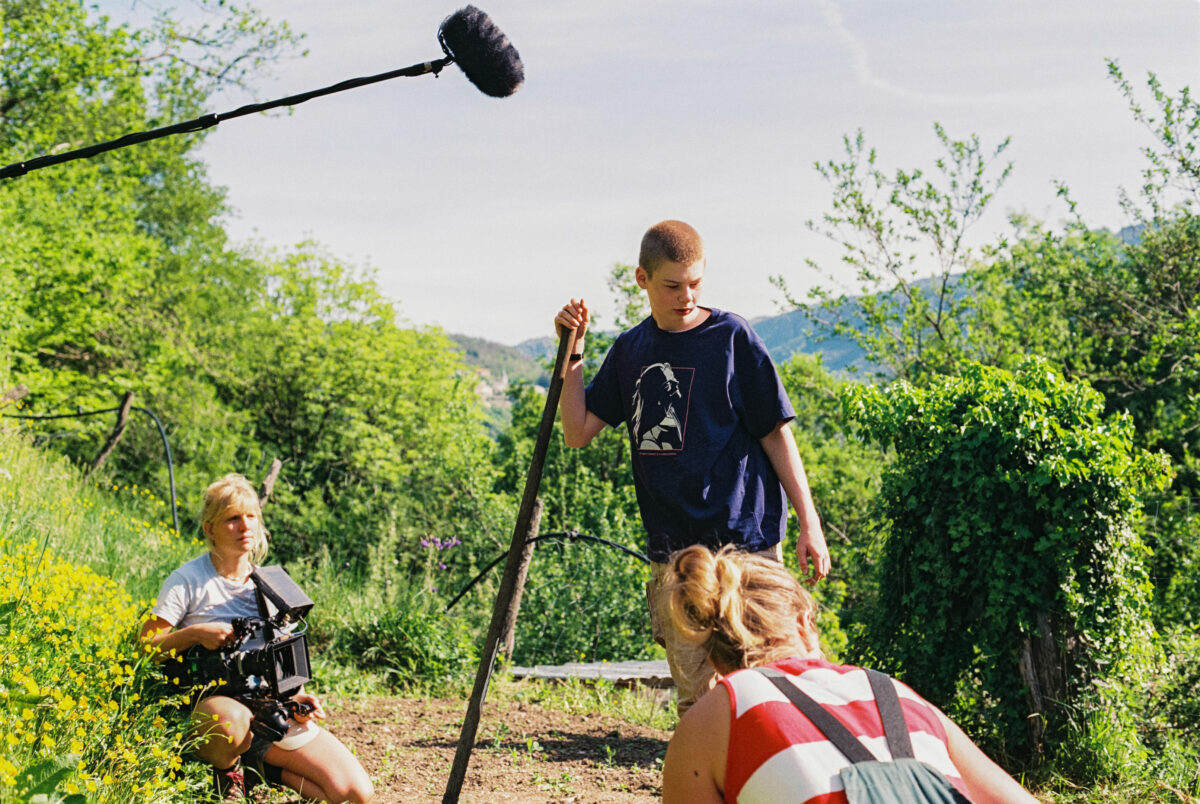
At the beginning of filming, Ruben was very conscious of the camera, which proved to be challenging for Otten and Stevens. “It’s crazy because in the beginning he asked us why we chose to follow him because he’s so self-conscious. Ruben was very closed at the beginning and we tried to accept that. We even decided to adjust our positions and not always shoot in his eye line. His trust in us grew during the production. It really evolved and now Ruben was here in Ostend with us at the premiere. He was just talking and telling his story to everyone, which was so different compared to the beginning of the project.”
Otten and Stevens wanted to take a more naturalistic approach to capture Ruben’s story as they were aware that it isn’t easy to constantly have a camera following you. “When we were there, we weren’t filming all the time,” says Otten. “We felt that our presence had a big impact on the subjects. You can’t say you’re a wallflower because you are very present, although it’s a small crew.”
“It was so good that we could do research there before,” adds Otten. “Thus, we discovered that the first week is very important. Everything is new and the family doesn’t know anything about the teenager arriving. Therefore, the arrival shot was fully planned. I was shaking behind the camera for that shot. We also knew for example, that they would show Ruben all the locations and we’d be seeing the rocks and the pool of water and the woods, for example. So, we understood what the first steps were and so we could plan.”
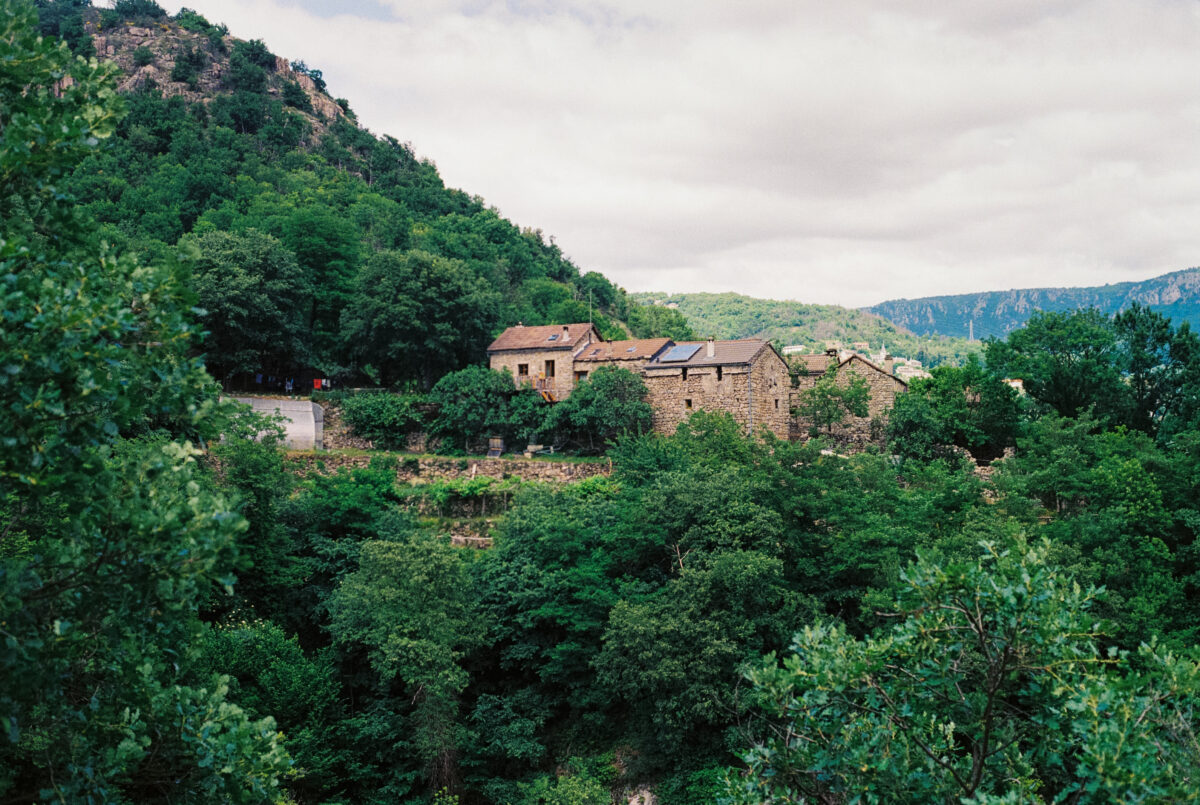
Stevens and Otten accompanied Ruben for the entire trip to the farm. “We were very tired,” explains Stevens. “We almost made a real shot list for the first few steps of Ruben being on the farm. We hoped, for example, that Ruben would sit in one place so we could get a certain kind of image, but we couldn’t really direct these first days because they were very aware of our power and we really needed to let them just flow. Later it became more possible, but in the beginning, it was quite stressful for them and so any directing was too much.”
Otten explains that the film feels very much like fiction due to their preparation and knowing the location so well. “The good thing was that we had three weeks overall, which was the first week, the middle week and the last week of Ruben’s trip. After the first week we could talk about the images that we made. I remember Jaan’s mentor saying it’s so much more interesting if we just stay with Ruben so you could read his thoughts in his eyes and body language. So, it evolved.”
Stevens remembers the initial look of filming as being slightly too isolated. “We closed the iris a little bit more during the film. The last week was 5.6, the 2nd week was 4 and the first was 2.1,” he notes.
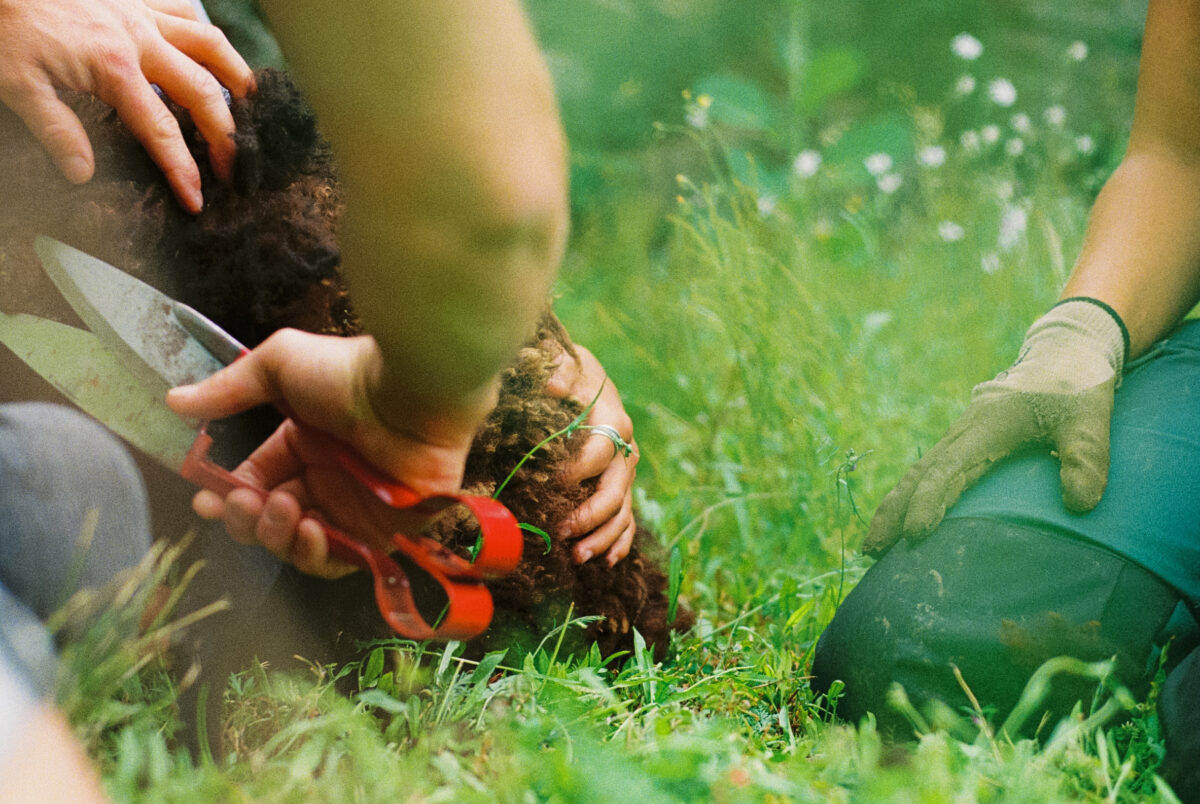
When it came to visual references Stevens and Otten mostly looked at works of fiction. “I only look at documentaries with the same kind of stories, to see what I don’t like. We had a mood board,” details Stevens…. “For the look it was more Le Meraviglie (The Wonders) and a lot of the Dardenne Brothers and Ken Loach. We decided that the wide shots needed to be on the tripod, but we couldn’t lock it. It was a rule that every tripod shot needed to be moving. But rules are made to be broken.”
Working together proved to be an enjoyable process for Otten and Stevens. “It was very nice actually,” says Otten. “I think the thing with documentary is that it’s important to be very close as a crew and that you are very trustable. I think if the family were to feel that there was something not right between us, then they would feel uncomfortable. We could connect on an extra level maybe, as we are partners. It affects your private life, but it’s also a positive that you can understand what you are both going through. It was a very nice experience.”
“I remember too that we used touching on the back for panning and tilting, so it really felt like a joystick,” adds Stevens. “You don’t normally do it this way with a DP you’ve only known for a few weeks. You really need intimacy and trust for this process.”
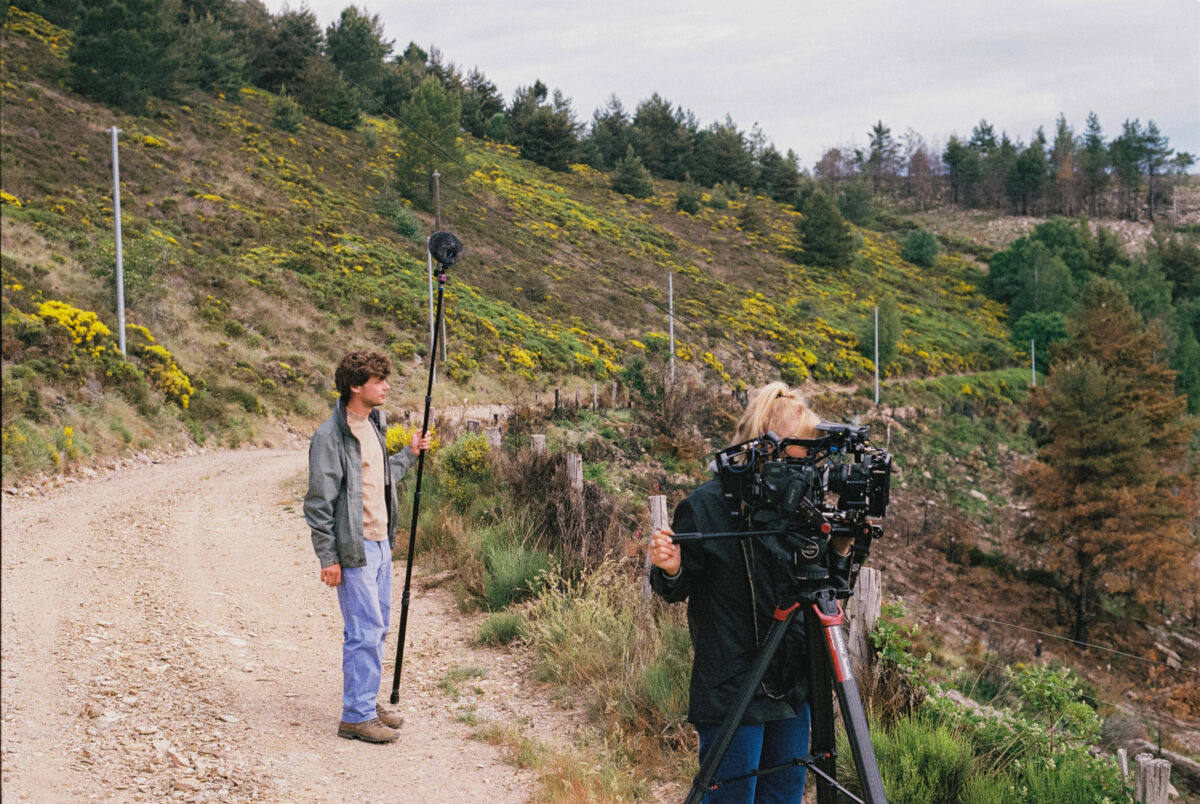
Ottens opted to shoot the documentary with the Sony FX6 and Lecia Summicron lenses. “They were photo lenses and those were the lenses that my Dad recommended us. Now it’s my favourite package for documentaries,” says Ottens. “My Dad is also an SBC cameraman and helped us make the camera comfortable. He told us the camera has to be part of you. It was 4 or 5KG, it wasn’t heavy at all. We were very happy with the FX6 because it’s lightweight and the colourist could get a lot out of the camera, way more than with FS5. On one particular day, we were just waking up and we saw Ruben sitting on a hill. We ran up the hill with our equipment to get the right shots. We couldn’t have done this with a heavier set-up.”
After the positive feedback at Ostend Film Festival, Otten and Stevens want to continue their collaboration, although there are currently no plans in the pipeline. “We really like the same look and for some people it can be very classical and a little bit boring, but for us it’s the basics of cinema and we really love this way of filming,” says Stevens. “There was no doubt about that. It’s very nice because we don’t have to argue over the look. For me, when I start to experience the documentary feeling, every fiction project you do after feels so absurdly constructed.”
“Sometimes during filming, there were these crazy moments when everything just clicked – the lighting, the framing, and then someone would say something so profound you couldn’t even script it. These instances filled me with a profound sense of positivity and emotion when everything came together. This was my first dive into documentary work, and I found myself really connecting with the people we were filming. It’s different from fiction. Instead of following a script, we had to be right there with our subjects, respecting their stories. It was like we were putting our hearts into making something meaningful for Ruben, something that could hopefully make a difference for him. It felt really personal, like nothing I’ve experienced before,” Otten reflects.
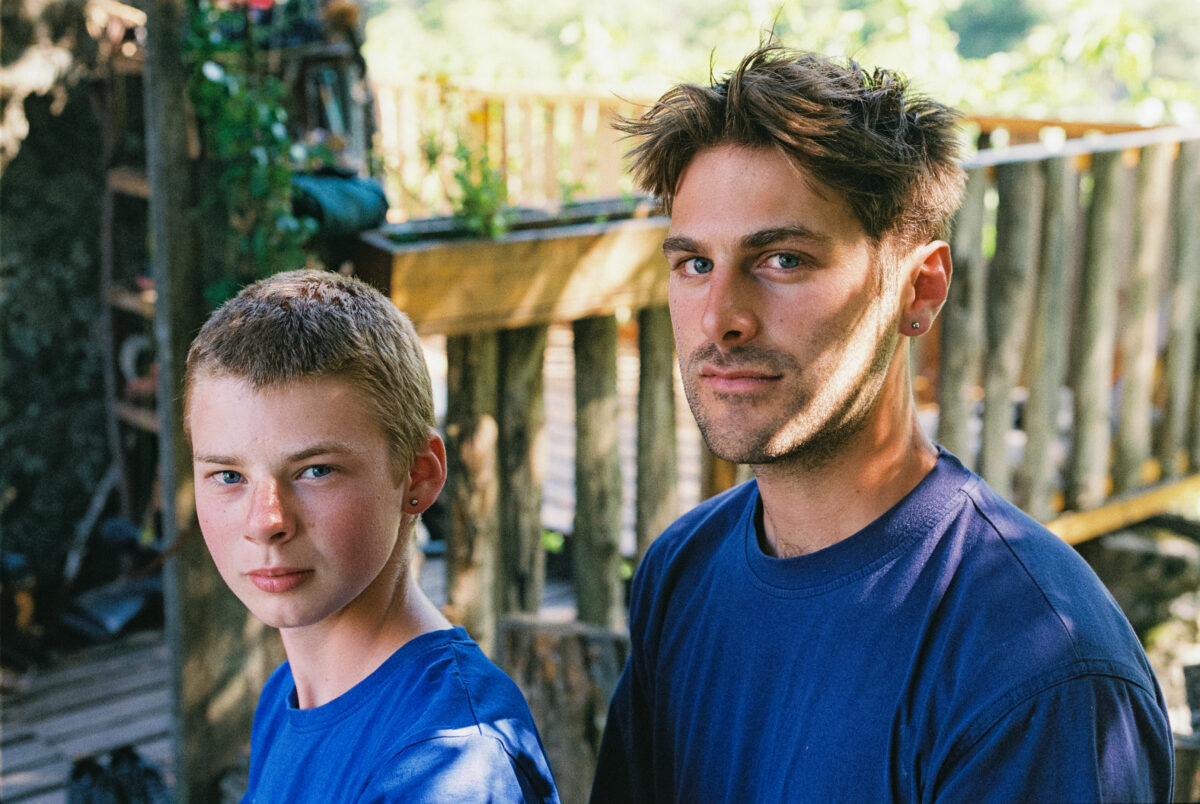
by Oliver Webb
